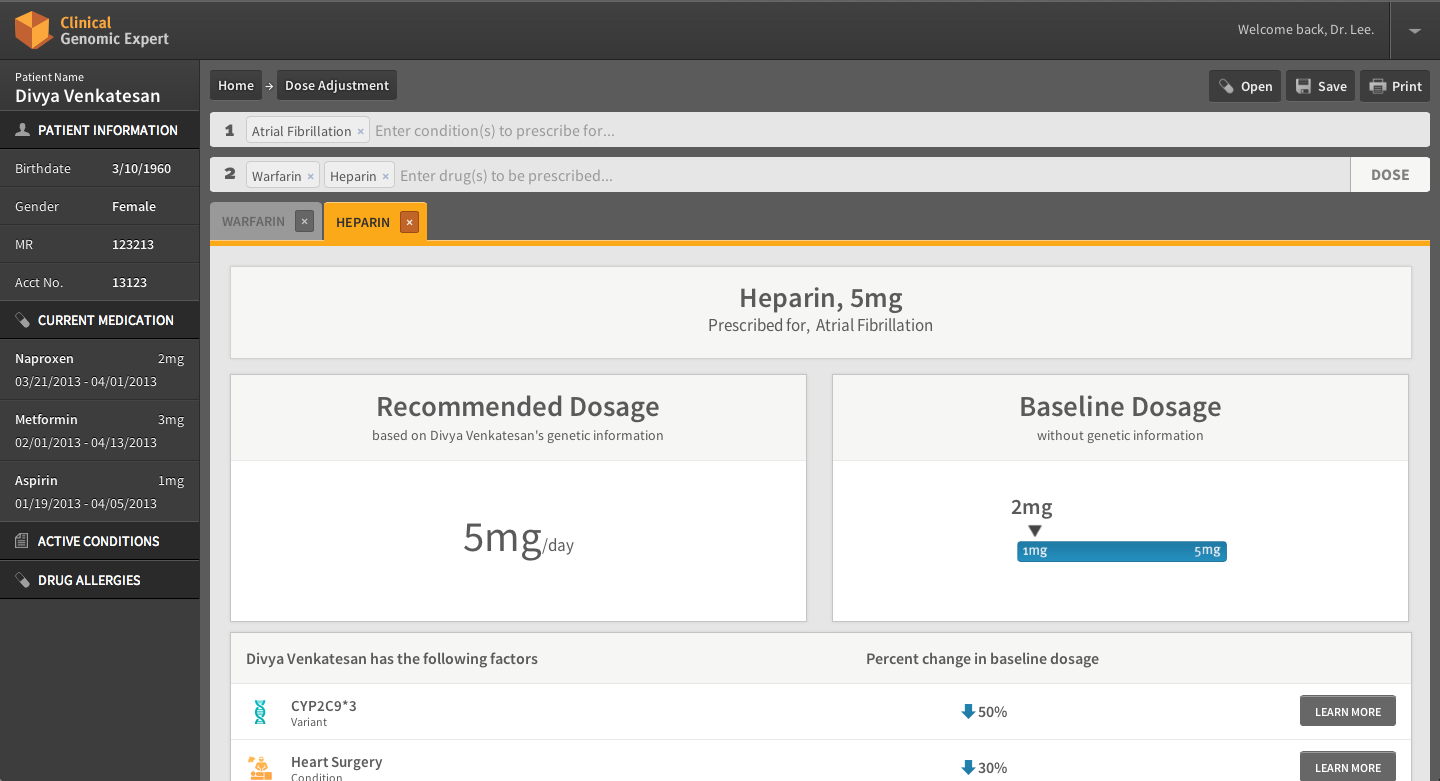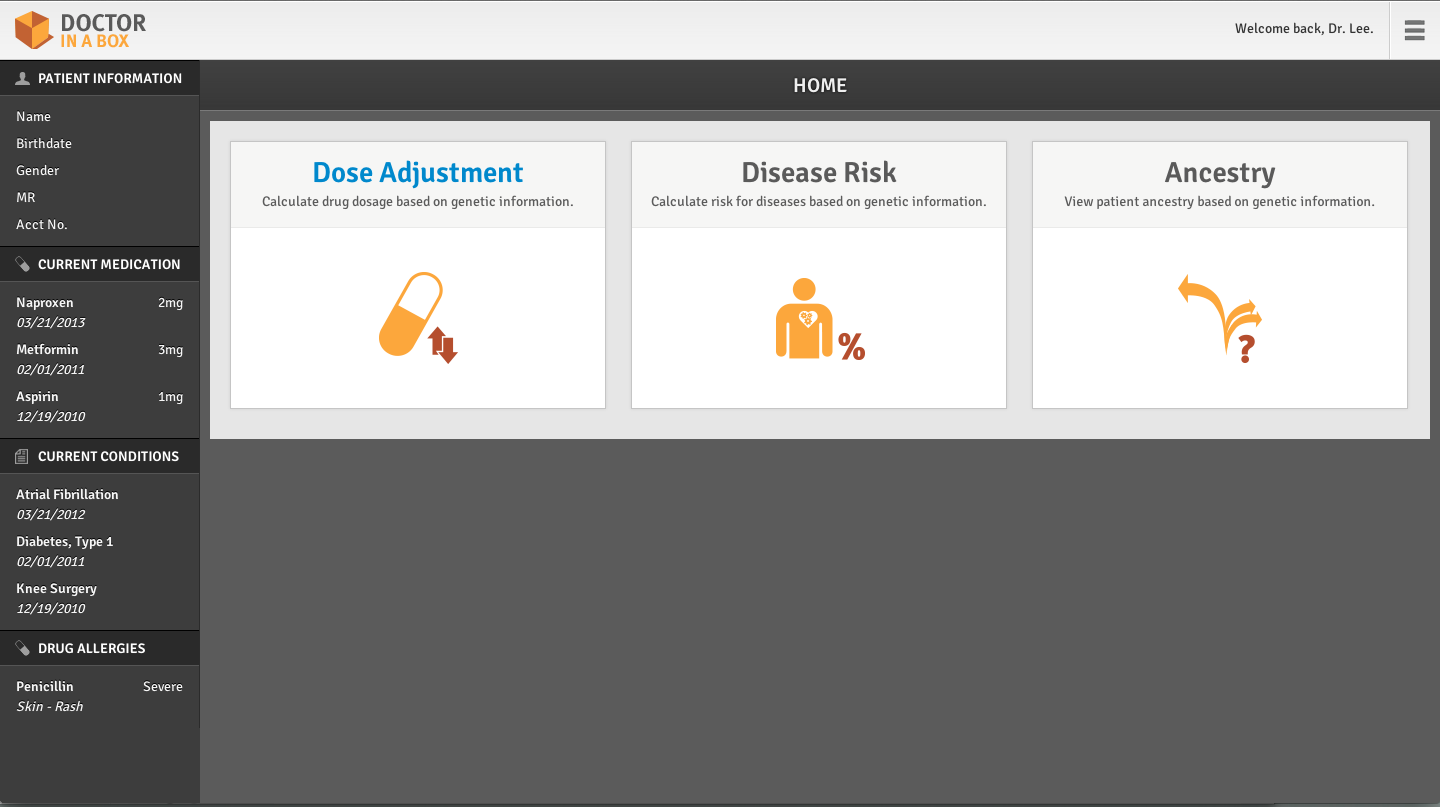What if doctors can prescribe us personalized drug dosages based on our DNA?
Clinical Genomic Expert (2013) | UX Research & Design
Designed for Ray and Stephanie Lane Center of Computational Biology
Designed in collaboration with Tom Abraham, Jackson Chu, Rachel Franz, & Dixie Kee
A platform that enables doctors to utilize patient's genetic information to prescribed personalized drug dosages and help patients better understand their genetic information.
OPPORTUNITY
As genome sequencing becomes more accessible to patients, there is an immense potential in the field of pharmacognetics to provide more customized and precise medical treatments, especially in with drug dosing. Because our genetic makeup can influence the way we respond to certain drugs, pharmacogentics enable doctors better understand the amount and the kind of drugs a patient should receive. However, genetics is a technical field that requires a level of specialization that many doctors do not pursue. How then can we create a product that enables not just doctors, but all relevant stakeholders in a patient's health, to prescribe a better drug treatment using genetic information?
RESEARCH
Our hunt statement, or goal of our research, was to understand how doctors incorporate genetic information when prescribing drugs to patients, and how interactive software can support doctors' decisions. In 1 month, we conducted 6 contextual inquires, 6 interviews, 3 think alouds, and a competitive analysis. We talked to medical geneticists, genetics counselors, and genetics professors to understand the field of pharmacogenetics and the day to day responsibilities of their profession. The research surfaced 4 major pain points that guided our design decisions:
- Existing competitive genetic systems are not personalized
- There were more kinds of users than we expected (ex. patients, primary doctors, genetics students)
- Not all physicians understand genetics
- Our product must be extensible to include future genetic related features
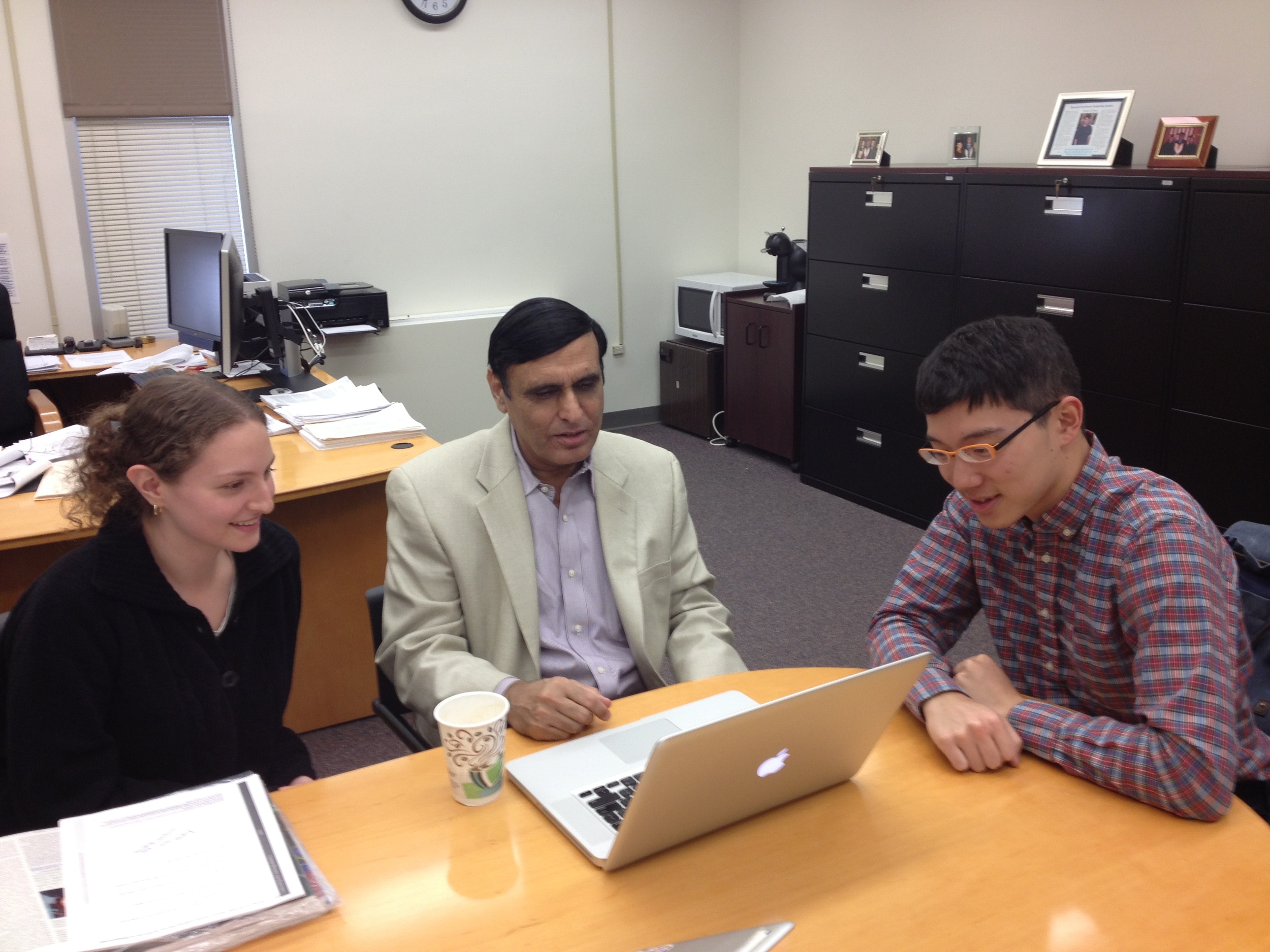

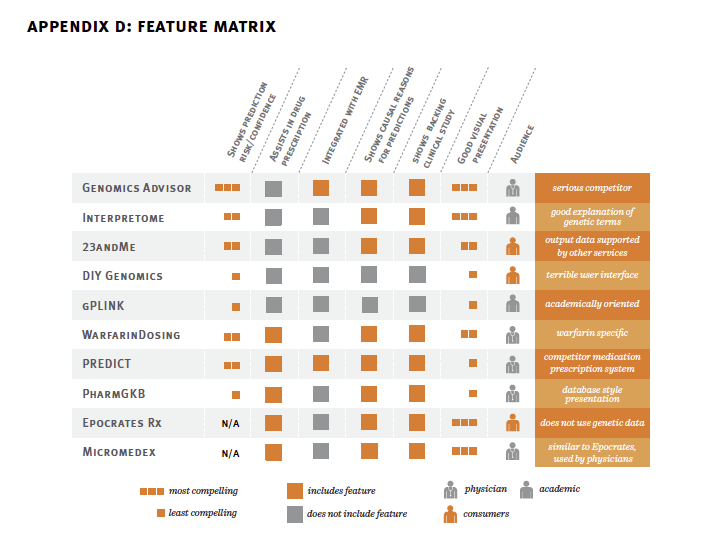
VISIONING & CONCEPT TESTING
To translate our research into design insights, we created personas that reflected our targeted users and devised scenarios. Using storyboards to illustrate how our users can possibly use our product to prioritize core features. We worked simultaneously on 2 different approaches to the design, one with a drug-centric work flow, and one with a condition-oriented work flow. Next, we ran think alouds on 2 iterations of our lo-fi prototypes. The testing helped us conclude that physicians preferred a condition-oriented work flow and which features we wanted to keep. In addition, there were 4 design insights we gathered from testing that mapped back to our 4 pain points:
- The product must be connected to the hospitals electronic medical records (EMR) to show the patient's health history
- Provide progressive disclosure of additional details regarding the drug prediction
- Contextually provide easy access to related clinical studies, medical literature, etc.
- Drug prescribing is often a task done simultaneously with other genetics-related diagnoses

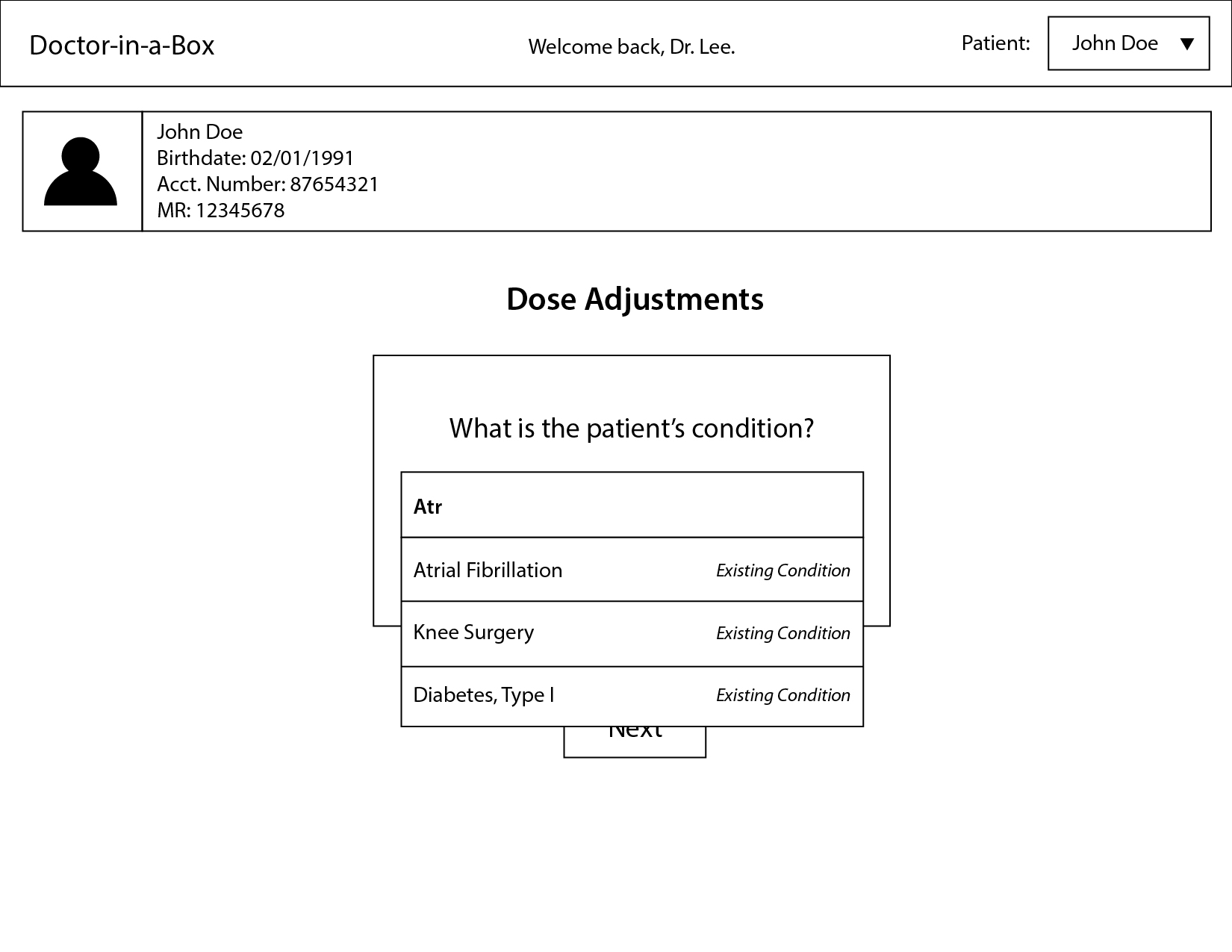

ITERATIVE TESTING & FINAL DESIGN
The last round of usability testing was conducted with a hi-fidelity prototype that connected to our client's backend that housed all the genomic information. Our final deliverable included a working product that the Ray and Stephanie Lane Center of Computational Biology will further develop and integrate other features into.
